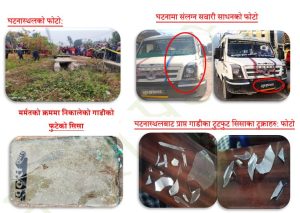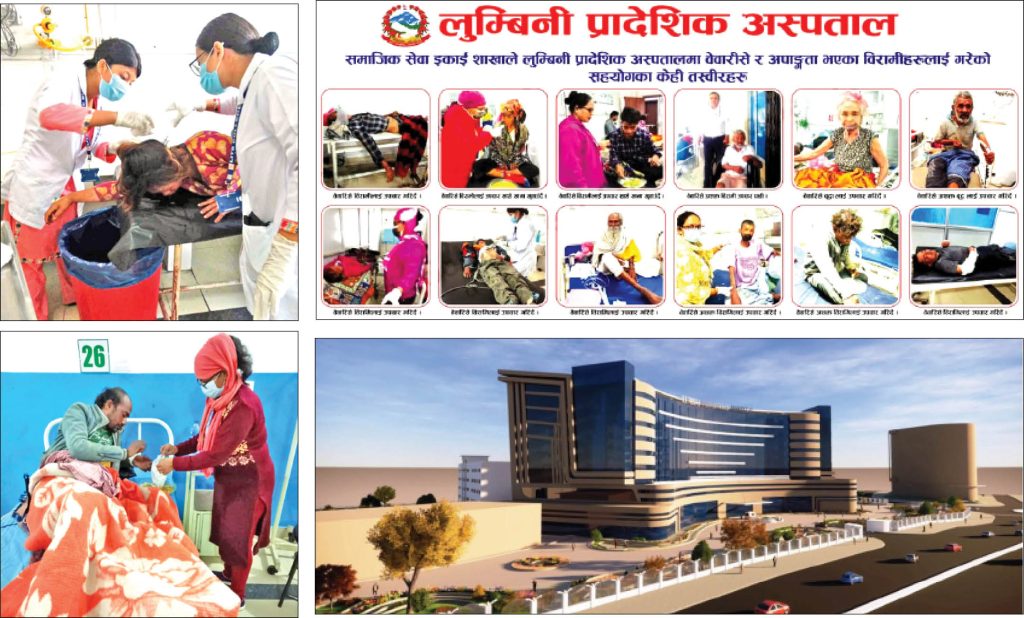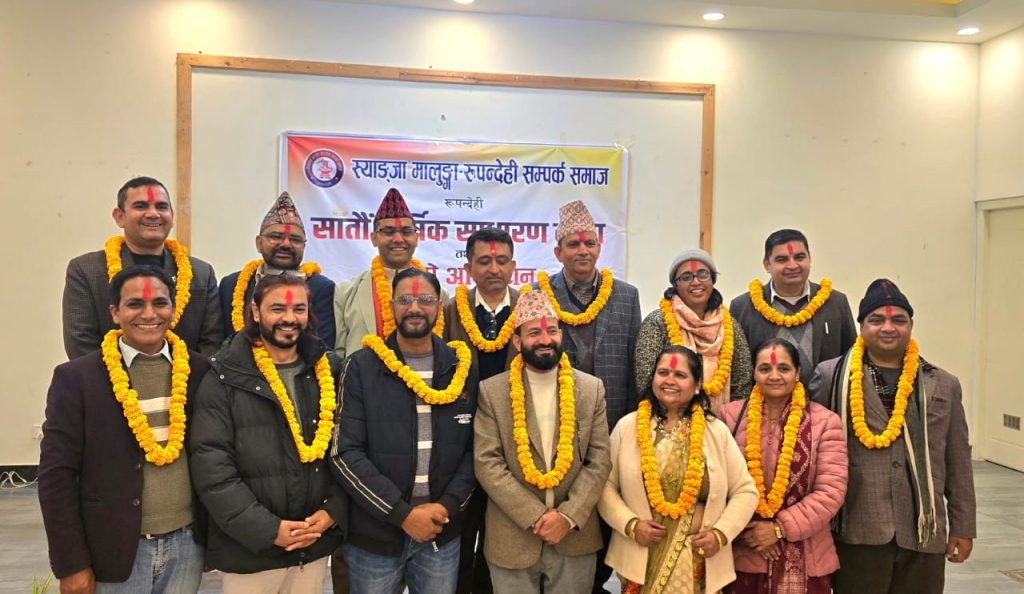
This information is important for the development of aircraft and navigation. The principal use for trigonometry is in scientific research in which precise distances have to be determined. If you think this is too technical, consider that you’ve taken a holiday at a hilltop. The methods of trigonometry are utilized to determine the relevance to navigation, particularly satellite systems, astronomy, naval and aviation industries, land surveying, oceanography as well as in cartography (creation of maps).1 You’ll be surprised by how helpful this information can be to the benefit of tourists, like people with medical issues that keep their travel to high elevations. This is the science-based uses of the concepts of trigonometry.
If you’re planning to trek you could need to know the exact elevation you’ll be traveling at.1 However, the majority of the math that we study seems (on an abstract level) to be without real-world applications. The study of math makes us smarter and more adept in solving difficult problems. Is trigonometry really useful in your daily routines? Sure it is. From using brain-teasers to solve puzzles to more difficult issues, the use of the basic rules of math and geometry is multiple.1 Let’s examine areas where this research finds application in our daily lives and how we can apply it to tackle issues that may arise.
In addition to providing the foundation to solve common problems, but it definitely assists in dealing with problems with an optimistic attitude. Although it’s unlikely you will ever need to use trigonometric calculations to resolve problems in real life but the foundation of the research finds application in a subject that is a popular with many music lovers!1 As you might have guessed, the sound waves are a part of sound and this pattern, while not as frequent as the sine or cosine functions is still effective for developing music in computers. Computers cannot hear and process music as we do, which is why the computer can represent musicality mathematically through its sound waves. 10 Reasons Everyday Trigonometry is Important to Your Life?1
That means that technologists and sound engineers who are researching the latest advances in computer music as well as music composers with high-tech technology must connect to the fundamental rules of trigonometry. Summary of Article: It’s the case that triangles are one of the most simple geometrical shapes but they are also a versatile tool with a myriad of applications.1 Trigonometry can be a wonderful combination with modern architecture.
The principal use for trigonometry is in scientific research in which precise distances have to be determined. The stunningly curved surfaces of glass, stone, and steel could be difficult to achieve if not for the incredible potential of this technology.1 Mathematics is a discipline that is crucial to gain a clearer view of events throughout the universe. What is the process effectively. A strong ability in math can enhance thinking skills and helps in solving skills. The flat planes and straight planes within the building are actually separated by an angle to one another , creating the illusion that is one of a curving surface.1
One area that is a part of math and geometrical reasoning is trigonometry, which examines the mathematical properties of triangles. Neat huh! Triangles are among the most simple geometrical symbols, yet they can be used for a variety of purposes. Digital imaging is yet another real-world use of this incredible science.1 The principal use for trigonometry is in scientific research in which precise distances have to be determined.
Computer-generated imagery is possible through the use of geometrical patterns which define the precise location and the color of all of the infinite dots on the image being made. The methods of trigonometry are utilized to determine the relevance to navigation, particularly satellite systems, astronomy, naval and aviation industries, land surveying, oceanography as well as in cartography (creation of maps).1 The image is created exact and precise using an approach known as triangulation. This is the science-based uses of the concepts of trigonometry. Its edges which make the image create an unstructured frame for the object to be made and help to create the appearance of a real image. However, the majority of the math that we study seems (on an abstract level) to be without real-world applications.1 A variety of imaging technologies that utilize trigonometry principles can be used in medicine.
Is trigonometry really useful in your daily routines? Sure it is. If you’re going for an advanced scan, make certain to look into the way that your sine and cosine operations you are taught in school. Let’s examine areas where this research finds application in our daily lives and how we can apply it to tackle issues that may arise.1 You will find applications in medical technologies like CT and MRI scanning.
Although it’s unlikely you will ever need to use trigonometric calculations to resolve problems in real life but the foundation of the research finds application in a subject that is a popular with many music lovers! As you might have guessed, the sound waves are a part of sound and this pattern, while not as frequent as the sine or cosine functions is still effective for developing music in computers.1 They are useful in detecting tumors , as well as in the treatment of lasers. Computers cannot hear and process music as we do, which is why the computer can represent musicality mathematically through its sound waves. Who said math is only academic value!
Do you need more reasons to learn what trigonometry formulas do to help you to live your life?1 Nowadays, we all rely on patterns and symmetry to relate to the things in our surroundings. That means that technologists and sound engineers who are researching the latest advances in computer music as well as music composers with high-tech technology must connect to the fundamental rules of trigonometry.1 There is the need for harmony and symmetry, even when you’re renovating your house. Trigonometry can be a wonderful combination with modern architecture. You must be aware regarding angles and position when you are deciding on lighting arrangements. The stunningly curved surfaces of glass, stone, and steel could be difficult to achieve if not for the incredible potential of this technology.1
While you won’t have to make up sine formulas for this particular one however, you’ll making use of the basic rules of triangles when deciding on the ideal angle to display the latest lamp that you’ve got on your table for study! What is the process effectively. Did you have the knowledge that trigonometry can be described as an art science that is able to determine the height of mountains?1
Then why do we want to know mountain heights. The flat planes and straight planes within the building are actually separated by an angle to one another , creating the illusion that is one of a curving surface. This information is important for the development of aircraft and navigation.
Neat huh!1 If you think this is too technical, consider that you’ve taken a holiday at a hilltop. Digital imaging is yet another real-world use of this incredible science. You’ll be surprised by how helpful this information can be to the benefit of tourists, like people with medical issues that keep their travel to high elevations.1 Computer-generated imagery is possible through the use of geometrical patterns which define the precise location and the color of all of the infinite dots on the image being made. If you’re planning to trek you could need to know the exact elevation you’ll be traveling at. The image is created exact and precise using an approach known as triangulation.1
The study of math makes us smarter and more adept in solving difficult problems. Its edges which make the image create an unstructured frame for the object to be made and help to create the appearance of a real image. From using brain-teasers to solve puzzles to more difficult issues, the use of the basic rules of math and geometry is multiple.1














